10 African destinations you should visit in 2025
Kick off your summer vacation by booking a ticket to one of these fabulous African cities
It’s June, which means that for many people around the world, the summer travel season is here. But regardless of which hemisphere you live in, many folks are counting down the days to some down time. For some, the most important question is not whether they plan to travel in the coming weeks, but to where?
If you fit in that category, I’ve got a suggestion for you: choose an African country as a destination for your summer 2025 travels.
As someone who spends a substantial amount of time traveling across Africa and is in the business of creating informed knowledge about it, I am keen for many more people—particularly Africans—to visit as many parts of the continent as possible and experience its marvelousness. Each country offers a unique set of cultural experiences, expansive landscapes and inspirational stories to last a lifetime, and mapping out one’s adventure on the African continent can be tasking. This post should ideally make your job a little easier on that front.
Popular destinations such as Cairo, Cape Town, Johannesburg, Marrakech and Nairobi attract millions of visitors every year and typically dominate discourses of tourism in Africa. But there are many lesser-known gems that are less expensive, offer an immersive experience and have not become burdened with overtourism.
I have chosen 10 such destinations for readers and scored them against four wholly subjective criteria. They are the country’s ease of access for African passport holders, the destination’s cuisine, its walkability, and its regional and domestic connectivity. 1 is the lowest rating and 10 is the highest.
There are two selections from all five of Africa’s subregions, giving the list a fairly balanced, representative outlook. I have purposely omitted any Nigerian destinations because, well, that would be cheating. You’d also likely detect a bias toward nature and coastal locations (I am West African!). The list is in no particular order and reflects my perspectives only, and nothing else.
Take it away!
AGADIR, Morocco
Ease of access for African passport holders: 2/10
Cuisine: 7/10
Regional and domestic connectivity: 5.5/10
Walkability: 8/10
Morocco’s scenic mountains, colorful imperial cities and golden sand beaches have long drawn tourists to places such as Chefchaouen, Essaouira, Fez and Marrakesh. But if you want a charming city with a picturesque coastline and a slower pace, you could do worse than Agadir, an important epicenter of Amazigh culture.
Agadir offers everything from pristine beaches and sunny golf courses to market stalls and shiny white buildings that sparkle in the sun. Some visitors to Morocco split their time between Agadir and Marrakesh, which is only about 45 minutes away by airplane or between 4 to 6 hours by road.
Check out Souk el Had, one of the largest markets in the country that is a microcosm of Morocco’s history as an epicenter of trans-Saharan and Mediterranean commerce. The Kasbah Ruins are also a must-see, and the crumbling fortress walls are an ideal location to catch a sunset over the Atlantic.
ARUSHA, Tanzania
Ease of access for African passport holders: 7/10
Cuisine: 6/10
Regional and domestic connectivity: 6.5/10
Walkability: 4/10
Arusha, a bustling city located at the base of Mount Meru, is the gateway to some of Tanzania’s most remarkable natural wonders such as the Serengeti National Park, Ngorongoro Conservation Area, Lake Manyara and Mount Kilimanjaro. But there is so much more to Arusha than safaris.
Believed to be located halfway between Cairo and Cape Town, Arusha is sometimes referred to as the “Geneva of Africa” due to its status as a diplomatic hub. It hosts the headquarters of the East African Community as well as the African Court on Human and Peoples Rights. The International Criminal Tribunal for Rwanda was based there, and Arusha has been the location for several diplomatic accords.
You can visit the Arusha Cultural Heritage Center to discover rare Tanzanian gemstones, go for a swim in the pleasant waters of Kikuletwa Hot Springs and stop by the Maasai Market to purchase some handicrafts like the traditional red shuka or enkarewa, a wedding ornament worn by Maasai brides. Good food is always readily available in Arusha, and there are many options for local and international cuisines across the city.
With two airports — one domestic, one international — in close proximity, you can easily detour to Dar es Salaam, Mwanza or Zanzibar, as well as to neighboring countries like Kenya, Rwanda and Uganda. If you’re feeling especially adventurous, hop on the 12-hour bus ride to Dar Es Salaam with BM Coach or Kilimanjaro Express, or make a dash for Nairobi, Kenya by road via the adjacent Namanga One Stop Border Post.
BILENE, Mozambique
Ease of access for African passport holders: 8/10
Cuisine: 6/10
Regional and domestic connectivity: 5.5/10
Walkability: 6/10
Famous for being a popular holiday destination among South Africans, Bilene is a seaside village that sits on the Uembje Lagoon adjacent to the Indian Ocean. It’s roughly two hours away from Maputo, Mozambique’s capital and largest city, which means that you can spend your vacation in Bilene’s more relaxed, tranquil location and be within touching distance of Maputo.
Get a boat and head to Turtle Rock to catch a view of the rugged coastline and turtles swimming in the waters. Spend a few days in one of Bilene’s many lodges like Mukumbura or Nghunghwa, where you can soak in the ambience of tropical gardens, eat seafood, build sandcastles and enjoy some watersports like snorkelling and quad biking.
When in Bilene, you have to try its popular roasted cashew nuts that you can buy from street vendors and local markets. Of course, seafood is everything in this coastal town. A road trip to Johannesburg, South Africa is fairly long — more than 10 hours — but the beautiful scenery is worth the experience.
CONSTANTINE, Algeria
Ease of access for African passport holders: 1/10
Cuisine: 7.5/10
Regional and domestic connectivity: 4/10
Walkability: 6.5/10
Home to many ancient ravines and cliffs, Constantine is a unique blend of natural marvel and architectural pizzazz. The Palace of Ahmed Bey also contains relics of Constantine’s Ottoman civilization, while the Emir Abdelkader Mosque is a stunning example of modern Islamic architecture.
If you enjoy long walks, lose yourself in the narrow streets of Constantine’s Kasbah to get a feel for the daily atmosphere of the city’s locals. Souika Street, where ancient charm meets modern vibrancy, is also a can’t-miss. As for grubs, fill your stomach with tadjin el ain, a sweet lamb meal typically served with prunes and roasted almonds.
Make sure to catch a glimpse of the Sidi M’Cid and the Falls Bridges, the latter of which was formed by a series of arches on a waterfall. And if you have the chance, head south of Constantine to see the Timgad Ruins, a UNESCO World Heritage site known for its amazing Roman-era architecture.
DOUALA, Cameroon
Ease of access for African passport holders: 2/10
Cuisine: 8/10
Regional and domestic connectivity: 7/10
Walkability: 2/10
Closer to Lagos, Nigeria than Kinshasa, Democratic Republic of Congo, Douala has a distinctive West African flavor, in no small part due to the large numbers of Nigerians, Béninese, Togolese, Malians and Senegalese who call the city home. Squeezed between the Wouri and Dibamba Rivers on the Gulf of Guinea, Douala is Cameroon’s largest city and economic capital. It is also the commercial hub of the country as well as the broader Central Africa region.
Douala is not the easiest place to get around — its “benskin” motorcycle riders are a menace! — but there is so much to love about this hectic but endearing city. Stop by the Bonanjo district to see the Palace of the Kings Bell, a colonial-era building that has been repurposed as the location of Doual’art, a center which hosts exhibitions, performances and conferences featuring local creatives from Douala. For shopping, visit Marché Centrale, Boulevard de la Liberte in the Akwa district or Marché des Fleurs to find a range of amazing, locally sourced goods from West and Central Africa.
If you can, squeeze in a road trip to Limbé, which is famous for its black sand beaches and stunning views of Mount Cameroon. Make sure you eat some locally made poisson braisé, which is smoky, braised fresh fish. Alternatively, go to Kribi to visit the Baka people who are believed to be the first inhabitants of modern-day Cameroon. But if you’re not inclined to travel too far, stop by Siga-Bonjo, a cultural site of the Sawa people that is a mixture of nature, relaxation and spiritual discovery.
HARAR, Ethiopia
Ease of access for African passport holders: 7/10
Cuisine: 6/10
Regional and domestic connectivity: 3.5/10
Walkability: 7/10
Harar, a walled city in eastern Ethiopia that became a UNESCO World Heritage Site in 2006, is home to more than 100 mosques and shrines dedicated to revered persons affiliated with Sufism, a mystical branch of Islam.
Home to the Harari people of the Horn of Africa, Harar’s contemporary urban layout contains a mixture of African, Indian, Islamic and coastal Arab architecture that reflects its history as a center of regional trade and Islamic learning.
A popular tradition for tourists is to join in the hyena feeding ritual, a centuries-old tradition among Harari people in which young men offer pieces of meat to the animals. If that kind of activity is up your alley, it’s worth checking out. Visit Ras Tafari’s House, where Emperor Haile Selassie spent his honeymoon, to see artefacts like ancient coins, manuscripts, coins and weaponry.
If you’re offered some Harari coffee by a local host, always say yes. Thank me later.
LIVINGSTONE, Zambia
Ease of access for African passport holders: 4.5/10
Cuisine: 4/10
Regional and domestic connectivity: 6.5/10
Walkability: 5.5/10
Livingstone’s biggest draw is the nearby Mosi-oa-Tunya, or Victoria Falls, as it was called by the Scottish explorer David Livingstone after whom the modern city is named.
Located on the Zambezi River and serving as a border between Zambia and Zimbabwe, Mosi-oa-Tunya is a transboundary marvel that you must see at least once in your lifetime. But there is simply too much else to do in Livingstone, ranging from canoeing on the upper Zambezi and swimming in the so-called Devil’s Pool to riding the Royal Livingstone Express towards the Victoria Falls Bridge (this ride is fairly pricey).
Check out Livingstone’s impressive museums, like the Maramba Cultural Museum and the Livingstone Museum. At some point during your trip, head west of the city to Kazungula, a famous border town that was long believed to contain a quadripoint between Zambia, Botswana, Zimbabwe and Namibia.
LOMÉ, Togo
Ease of access for African passport holders: 3/10
Cuisine: 8.5/10
Regional and domestic connectivity: 8.5/10
Walkability: 3.5/10
Lomé just might be the most delightful West African city that few people have heard of. But that is increasingly changing, as evidenced by the growing influx of talented young people from across the subregion including entrepreneurs who are ditching the overpriced Lagos and Accra for Togo’s capital city.
Like Douala — another of my favorite African cities — Lomé’s architecture is a relic of its rule by German, French and British colonizers, with sprinkles of African modernism here and there.
A visit to Lomé Grand Market — pair it with a detour to Sacred Heart Cathedral which is located within the market — is in order for a first-time visitor to Lomé. The National Museum of Togo and the West African Art Museum are great for a midweek excursion, and the Denyigba Cultural Center is worth checking out.
If you’re a street food connoisseur, Lomé has no shortage of it, whether it’s akple, gobe or akoumé. Brochettes, deku dessi and djenkoumé are also popular meal choices you can try out.
The beaches! Always go to Togo’s beaches! Marcelo and Plage de Lomé are among your best bets.
For the adventurous who have some time and change to spare, take a short drive eastward first to Aného, a historic beach town that has declined but is experiencing something of a revival. Continue onward to neighboring Bénin (the country!) and ensure to visit Ouidah, the spiritual home of the vodun religion which has extensive historical links with Lomé.
MAN, Côte d’Ivoire
Ease of access for African passport holders: 4/10
Cuisine: 6.5/10
Regional and domestic connectivity: 3.5/10
Walkability: 4/10
Man is a mountainous market town in northwestern Côte d’Ivoire that lies in proximity to the country’s borders with Liberia and Guinea. The government of Côte d’Ivoire is keen to establish tourism as a major pillar of the pays émergent, and is increasingly trying to broaden awareness of other locations aside from familiar places like Abidjan and the surrounding coastal resorts in the south, something it leveraged to decent effect during the 2023 Africa Cup of Nations.
Man’s Yacouba people are known for their liana bridges which many visitors like to get on. The amazing panorama of Mount Tonkoui — Côte d’Ivoire’s second-highest peak — and its surrounding villages are among Man’s charms. You are likely to come across rare species of beautiful butterflies you probably haven’t seen before. La Cascade, a crashing waterfall located in the city’s west, is perhaps Man’s most notable attraction alongside the Dent de Man. The sacred monkey forest of Gbêpleu also draws a crowd on a good day.
Man isn’t the easiest place to get to including from Abidjan, but it’s an experience you likely wouldn’t regret.
POINTE-NOIRE, Congo-Brazzaville
Ease of access for African passport holders: 2/10
Cuisine: 8/10
Regional and domestic connectivity: 6.5/10
Walkability: 2.5/10
This hidden gem that sits on the mouth of Africa’s southern Atlantic coast is emerging as a more affordable and less crowded alternative to Luanda, Angola.
The beaches in and around Pointe-Noire, like Plage de Loango, Djeno Point and Côte Sauvage, have crystal-clear waters and white sand, and you should see them. A boat ride on the Kouilou River is not a bad way to spend an afternoon. Pointe-Noire’s nightlife is deeply underrated, with lots of cool nightclubs and bars around the city. Check out Les gorges de Diosso, a canyon popular for photography and nature walks.
Foodies would absolutely adore Pointe-Noire. A delicious plate of muamba nsusu (a peanut-based chicken stew) will always go a long way in Pointe-Noire. Like a good local, indulge in a glass or two of Tangawis, a juice made from ginger. Also, check out Apero Congo, a trendy restaurant on Avenue Foch, one of the city’s prominent thoroughfares.
Make a dash for Jean Baptiste Tati Loutard Cultural Center and the National Museum of Congo for all the history and culture stuff. Before you leave town, stop by Marché de Faubourg to pick up mementos from your visit to Pointe-Noire.
Some pro tips, some of which are likely intuitive if you have spent any time traveling within Africa or in other Global South contexts.
Always have cash, lots of it. Most African firms and entrepreneurs are small-scale, and they prefer hard currency over other forms of payment.
Opt for family- or locally-owned housing options as much as possible.
Have a local (several if possible) guide who knows the lay of the land and can help make your travels as enjoyable as possible.
Always expect the unexpected, beginning with the airport where rules can be fluid and open to interpretation.
Don’t move like a colonizer. Respect local customs, don’t try to “educate” people you don’t know and who didn’t seek your advice, never shortchange local sellers — knowing the distinction between negotiating and haggling is key — and always remember that you’re a guest.
Happy travels! May your journeys across Africa be as enjoyable and inspiring as mine, and I look forward to hearing about your adventures on the world’s most beautiful continent.





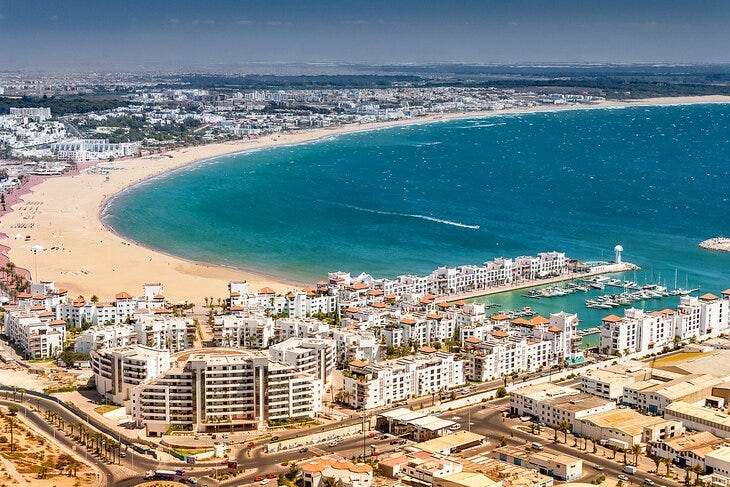

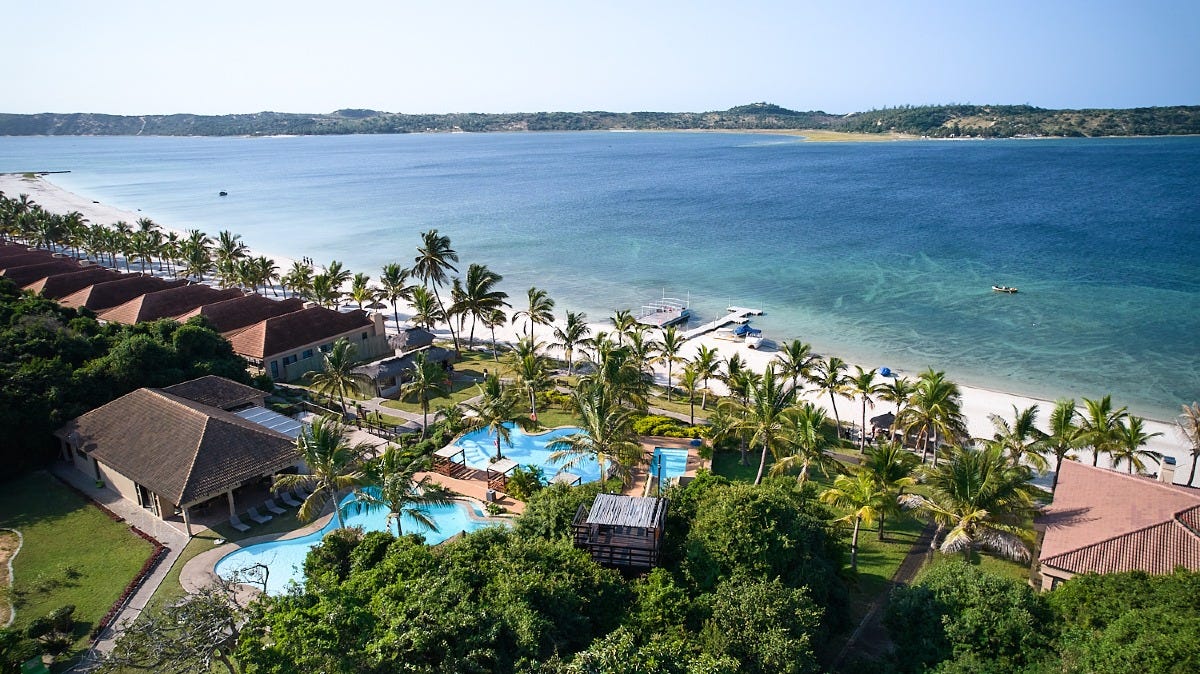

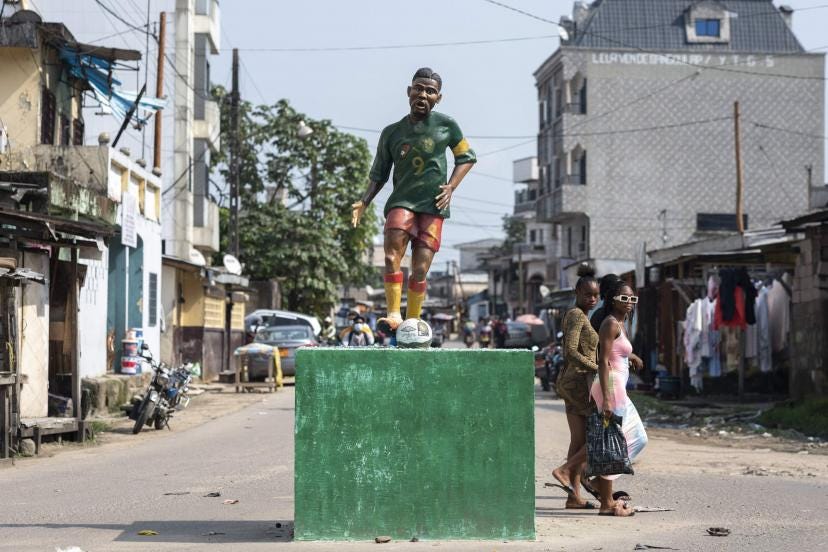

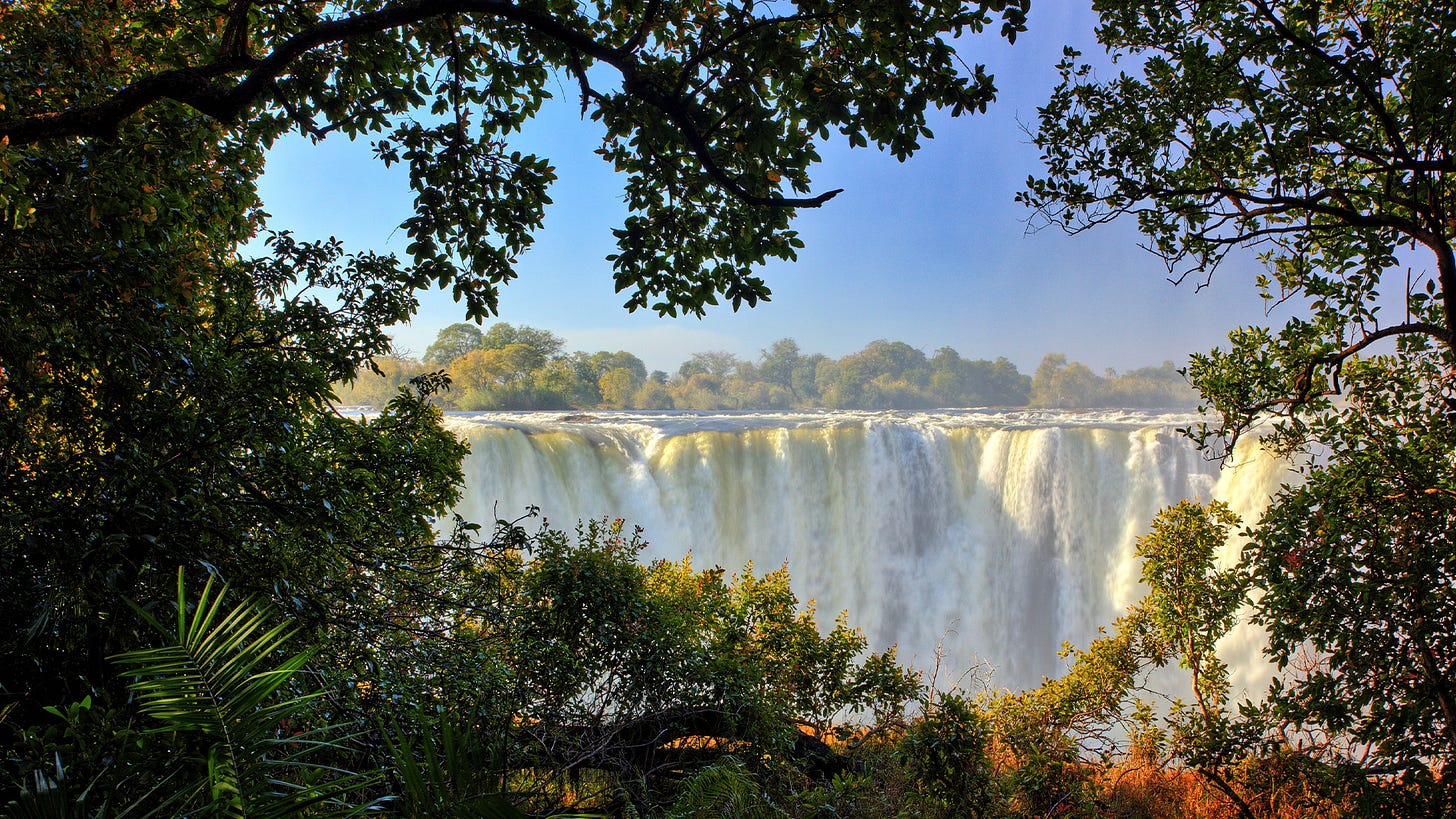


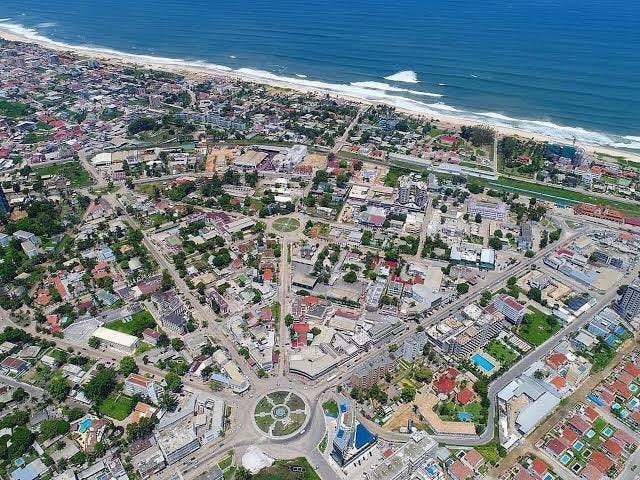
Great article - thanks !
Thank you for this awesome list!